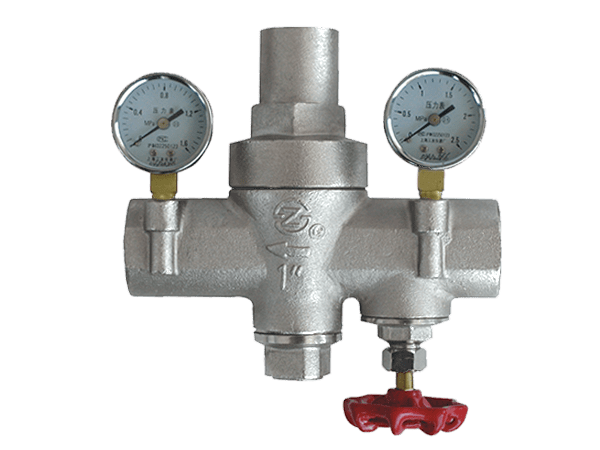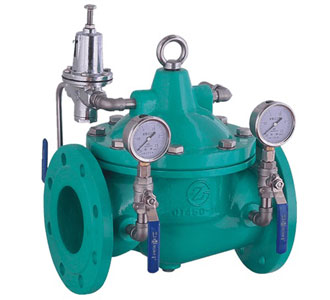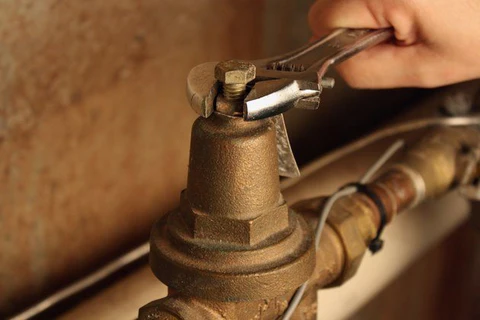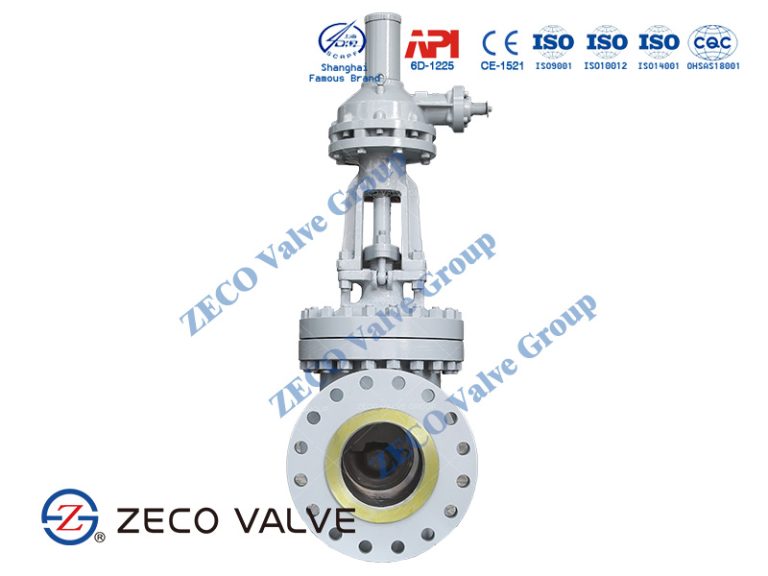How does a Pressure Reducing Valve Work & How to adjust PRV?bellow seal valve
The PRV – Pressure Reducing Valve plays a vital role in controlling water pressure. It’s not only the modern high-rise buildings that require a PRV but PRVs are also installed in some areas where water comes down directly from high-rise mountains and to the pipelines.
Domestic water pressure reducing valve
A water pressure regulator (sometimes called a pressure-reducing valve, or PRV) is a specialized plumbing valve that reduces the water pressure coming into the home through the main water line. This valve brings down the pressure to a safe level before the water reaches any plumbing fixtures inside the home. Too much water pressure can cause many plumbing problems, so it is very important to keep the water pressure under control. Although it is not necessary for every plumbing installation, a water pressure regulator can be essential in situations where the municipal water supply enters the home at very high pressure, or where water pressure is irregular.
Most home plumbing fixtures are designed to work best at a pressure of about 50 psi (pounds per square inch), but it is not uncommon for municipal water supplies to enter the home with pressures as high as 150 or 200 psi. If such high pressures are present on a regular basis, the strain can eventually cause joints to fail, faucets and other fixtures to leak, and appliances to break down. Clothes washers, dishwashers, and some other household appliances have built-in pressure regulators, but a whole-house water pressure regulator still offers protection to those appliances, and it also serves to protect all the pipes and fixtures throughout the house.

How does a pressure reducing valve work?
A water pressure regulator is a dome-shaped brass fitting that generally is found just past the main shutoff valve, where the main water line enters the house. It usually has an adjustment screw on top. Inside, a water pressure regulator has a variable spring-loaded diaphragm that automatically widens and narrows depending on the amount of water pressure entering the valve.
When the water enters the regulator at high pressure, the inner mechanism constricts the diaphragm to narrow the flow of water. This can reduce the pressure to a range of 50 to 80 psi, greatly reducing the stress on pipes and fixtures installed past the valve. Conversely, when the incoming water pressure drops, the diagram opens wider to allow more water to flow through the valve. An adjustment screw on the top of the regulator can be tightened to increase the tension on the inner spring (thereby reducing the pressure of the water as it exits the valve), or loosened to allow water to flow more freely through the valve (thereby increasing the outgoing water pressure).
When the system is protected by a water pressure regulator, there is less stress on the inner valves of appliances, faucets, and shutoff valves will be less likely to leak, and fluctuations in water pressure are evened out.

How to adjust pressure reducing valve
1、Locate the Supply Line
The first step is to locate the supply line that provides water to your house. This will allow you to then find the water meter that is generally installed in the basement near the supply line. If you live in an apartment or a house in a crawl space in colder climates, the meter is usually not in the crawl space as it could freeze; it may be under the kitchen sink or in a utility room. Those customers with service lines longer than 150 feet or that live in mobile homes, can find their pressure regulator in a meter pit near the road’s curbside or berm.
2、Find the Valve
Once you have found the water meter, locate the valve. The valve is made of brass and has a bell-shaped midsection with a medium-sized screw at the tip. Make sure that your supply line has sufficient pressure before adjusting the pressure valve itself.
3、Adjust the Screw
Now that you have located the valve and the screw, you need to loosen the locknut all the way with the wrench or pliers. The screw is your adjuster and it can be maneuvered only by loosening the locknut.
As you tighten the screw, the water pressure will become greater and as you loosen it, the water pressure will lessen, so turn the screw clockwise to increase the pressure or turn it counterclockwise to decrease the pressure. Do not be too hasty. You need to adjust the screw little by little, in slow increments, and check the result each time you tighten or loosen it. If the water pressure is too high, it could result in leaks and toilets running all the time.

4、Check the Pressure
Once you have adjusted the screw, the water pressure should be regulated. Check the faucets in the house to see if there is a change in the pressure compared to before. Also, once you have successfully adjusted the pressure valve, make sure there are no problems with leaks. If you find that there is no significant improvement after adjusting the pressure valve, your valve might be faulty and will need to be replaced. Changing a valve can be a bit challenging, so it is usually best to seek help from an experienced, professional plumber.
To further understand the importance of PRVs or Pressure Reducing Valves, we have to take a look into what high water pressure can do.
A high amount of water pressure can damage pipelines, crack bathroom tiles, cause leakage in faucets and showers, cause wastage of water, and may lead to huge amounts of water bills. So, installing Pressure Reducing Valves with the pipelines is the safest option.
Assume that we are on the first floor of a building and the water tank is placed on the terrace without a PRV. What happens when we turn on the faucet? The water comes out with full pressure, because of the large amount of water that is stored on the top of the building and this high pressure can destroy the bathroom tiles. And when we go to the top floor of the same building and turn on the faucet, we will barely feel the water pressure, the pressure would not be enough for a bathroom shower to work.
So here we can see as we come down in the high-rise buildings, the water pressure increases on every floor. To solve this problem and distribute the water at a safe and usable pressure point we have to install the Pressure Reducing Valve just next to the water storage.
How Much Pressure is Adequate?
In residential and light commercial buildings, the ideal water pressure is 2-5 bars. If the water pressure is less than 2 bars, it will not be enough to use a shower and if it is more than 5 bars, it can lead to water wastage and can sometimes cause leakage in faucets and the joints of pipelines. Generally, the water distribution pumps or the municipal water lines run on 3-4 bars at ground level. In the water tanks of high-rise buildings, the water pressure depends on the water quantity. When the water tanks are full the water pressure is extremely high and it reduces when the water is at a lower point.
How to Manage Water Pressure?
As we read above, the water pressure in high-rise buildings varies floor by floor. So to get an idea, of useful, and equal water pressure on every floor, various PRVs will have to be installed on every floor. The installation depends on the building’s structure and how many tanks are on it.
Are you looking for Shanghai Pressure Reducing Valve Factory?
ZECO Valve Group is a professional shanghai pressure reducing valve factory. ZECO’s engineers have designed PRVs to control water pressure, especially for high-rise buildings.
Related Tags :
Ten articles before and after
Valves And their Classification – Zeco Valves Automation | API 6D ball valve manufacturer
General FAQs About Ball Valves | Industrial Pneumatic Valve
Butterfly Valves and Their Type – Zeco Valves Automation | API 6D ball valve manufacturer
How to Choose The Best Valve Manufacturer | Industrial Pneumatic Valve
Different applications of Valves in Various Industries – Zeco Valves Automation | API 6D ball valve manufacturer
Valves Types And Advantages Or Disadvantages – Zeco Valves Automation | API 6D ball valve manufacturer
The Purpose of Safety Valve | Industrial Pneumatic Valve
Types of Valves Commonly used in Industry – Zeco Valves Automation | API 6D ball valve manufacturer
Introduction of a 3-way Control Valve | Industrial Pneumatic Valve
Top 5 valve Manufacturer in Pune – Zeco Valves Automation | API 6D ball valve manufacturer
